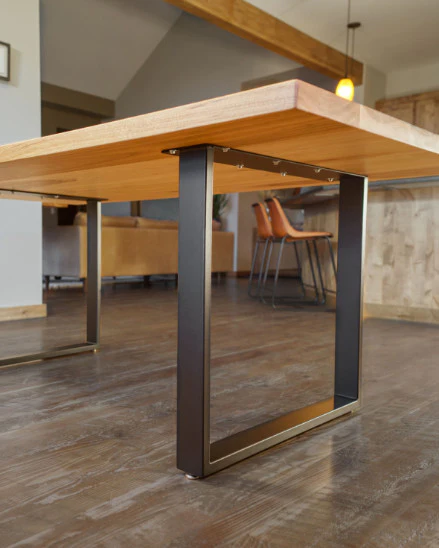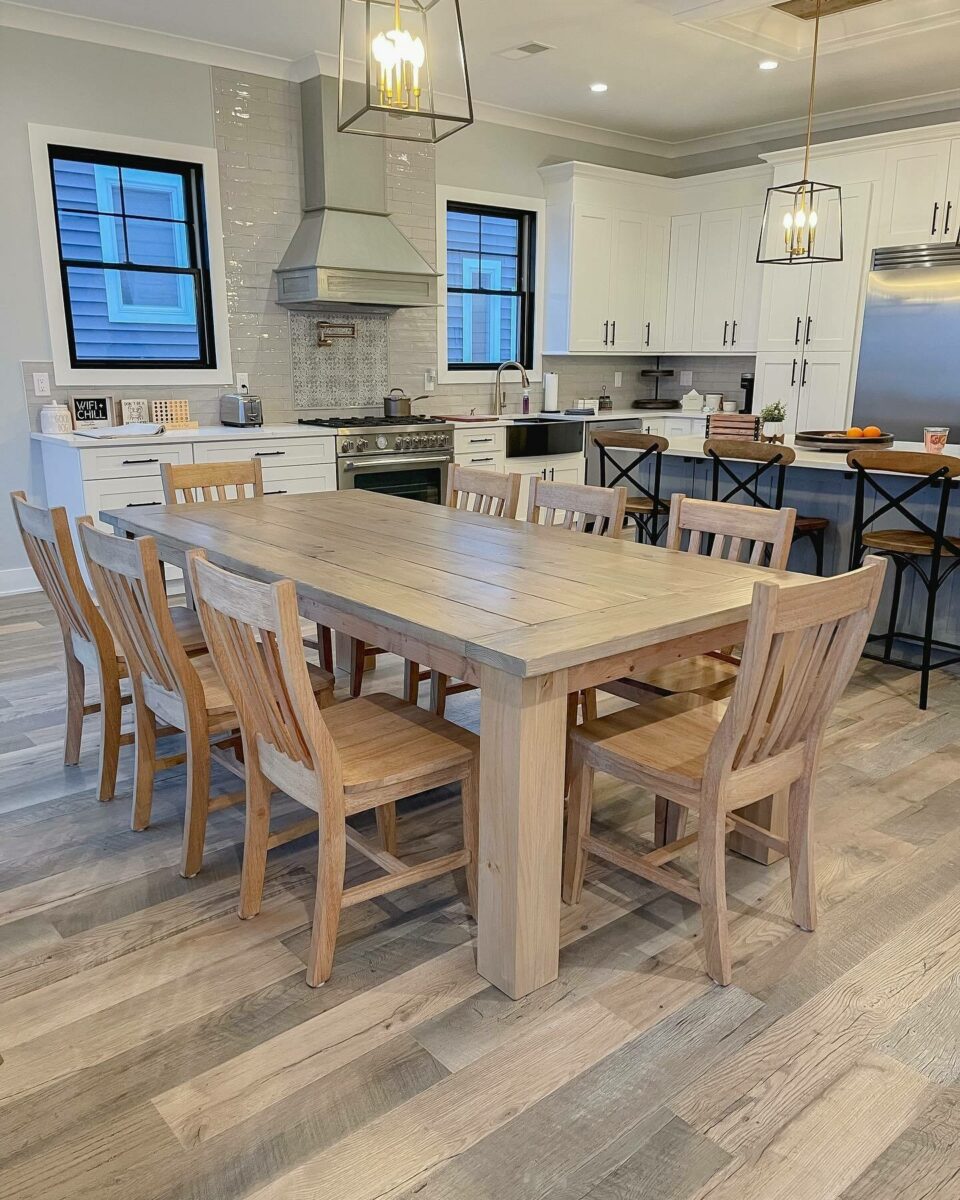Change Your Furniture with Costs Dining Table Legs Wood Options
Change Your Furniture with Costs Dining Table Legs Wood Options
Blog Article
Checking Out the Various Sorts Of Dining Table Legs Timber for Your Dining Room
The selection of dining table legs timber can profoundly affect both the visual and useful high qualities of your dining room. Solid wood choices, such as oak and walnut, offer a timeless appearance with unrivaled resilience, while crafted wood options supply innovative designs that simulate the richness of natural grains.
Solid Timber Options

Unlike engineered materials, solid timber is much less susceptible to bending and damage over time when appropriately preserved. Each item of solid wood is special, showcasing private characteristics that include to the beauty and character of the dining table.
Additionally, strong timber can be finished in various methods, varying from all-natural oils to discolored coatings, enabling home owners to personalize their furnishings to match their style. In summary, selecting solid wood for dining table legs not just ensures architectural honesty yet likewise improves the aesthetic allure of the dining area, making it a worthwhile financial investment for any kind of home.
Engineered Timber Alternatives

Plywood, created from several layers of timber veneer, is specifically solid and steady, making it an outstanding choice for eating table legs. Its layered composition permits it to stand up to modifications in humidity and temperature level much better than conventional solid timber. MDF, on the other hand, provides a smooth surface for paint or veneering, enabling developers to accomplish a polished appearance while keeping structural honesty.
When choosing engineered wood choices, it is vital to take into consideration the desired use and desired aesthetic. These materials not just boost the functionality of dining spaces however additionally permit for better style adaptability, making certain that standard and contemporary styles can exist together harmoniously.
Reclaimed Timber Includes
Redeemed timber supplies an one-of-a-kind mix of sustainability and personality, making it a significantly preferred option for eating table legs. Sourced from old barns, manufacturing facilities, and other structures, redeemed wood symbolizes a background that new products just can not reproduce. Each item brings its very own story, marked by distinct imperfections, knots, and varying grain patterns, which contribute to a table's special visual charm.
Along with its visual charm, reclaimed timber is an eco-friendly option. By repurposing formerly utilized materials, it decreases the demand for brand-new lumber, hence aiding to save woodlands and minimize waste. This aligns with a growing consumer preference for sustainable techniques in decor.
In addition, redeemed wood is typically more resilient than newly collected wood due to its age. The all-natural drying out procedure that reclaimed wood goes through cause a denser and more powerful product, making it much less susceptible to warping and splitting. This enhances the longevity of dining tables, allowing them to endure the roughness of everyday usage.
Softwood vs. Wood
When picking eating table legs, comprehending the differences in between softwood and hardwood is crucial for achieving both practical and aesthetic objectives. They usually exhibit an even more rustic appearance, making them appropriate for country-style or casual eating rooms.
On the other hand, hardwoods, sourced from deciduous trees like cherry, maple, and oak, are renowned for their density, stamina, and sturdiness. The complex grain patterns and rich shades of woods offer a classic and sophisticated allure, making them perfect for official dining settings. While hardwoods have a tendency to be a lot more pricey and heavier, their strength versus damage commonly justifies the financial investment.
Eventually, the option between softwood and hardwood for dining table legs need to line up with your design vision, usage demands, and budget plan, guaranteeing that your eating area reflects your individual design while remaining functional with time.

Coatings and Treatments
The aesthetic allure and longevity of eating table legs can be considerably enhanced through numerous finishes and therapies. These procedures not just shield the timber from damage yet likewise raise its appearance, permitting it to enhance varied interior designs.
One usual therapy is staining, which penetrates the wood and improves its all-natural grain while including color. Discolorations give an abundant, stylish look, allowing home owners to match their furniture with existing design. On the other hand, clear finishes such as polyurethane or varnish develop a protective layer without altering the wood's initial color, guaranteeing look these up sturdiness against deterioration.
Furthermore, all-natural oils, like tung or linseed oil, nourish the timber and use a subtle shine, all while being environment-friendly. These oils enable the surface to take a breath, protecting against moisture accumulation and possible bending.
For those seeking a rustic charm, weather-beaten or distressed finishes can be related to develop an aged look, including personality to the item. Inevitably, the option of treatments and coatings depends upon personal preference, preferred visual appeals, and the details wood kind, making it crucial to take into consideration these factors when picking dining table legs for your room.
Conclusion
Solid timbers, crafted options, and reclaimed alternatives each offer unique benefits, providing to numerous choices and needs. Inevitably, the selection of wood type must straighten with wanted style, longevity, and ecological considerations, improving the general discover this info here eating experience.
The choice of eating table legs timber can profoundly affect both the visual and useful qualities of your dining area - Dining Table Legs Wood. Solid wood options, such as oak and walnut, give a timeless appearance with unequaled durability, while crafted timber alternatives supply cutting-edge designs that imitate the splendor of all-natural grains. Strong wood offers a timeless top quality that can elevate the total style of a dining area. Each piece of strong timber is Clicking Here one-of-a-kind, showcasing individual attributes that add to the appeal and character of the dining table
Furthermore, recovered wood is frequently more long lasting than newly harvested timber due to its age.
Report this page